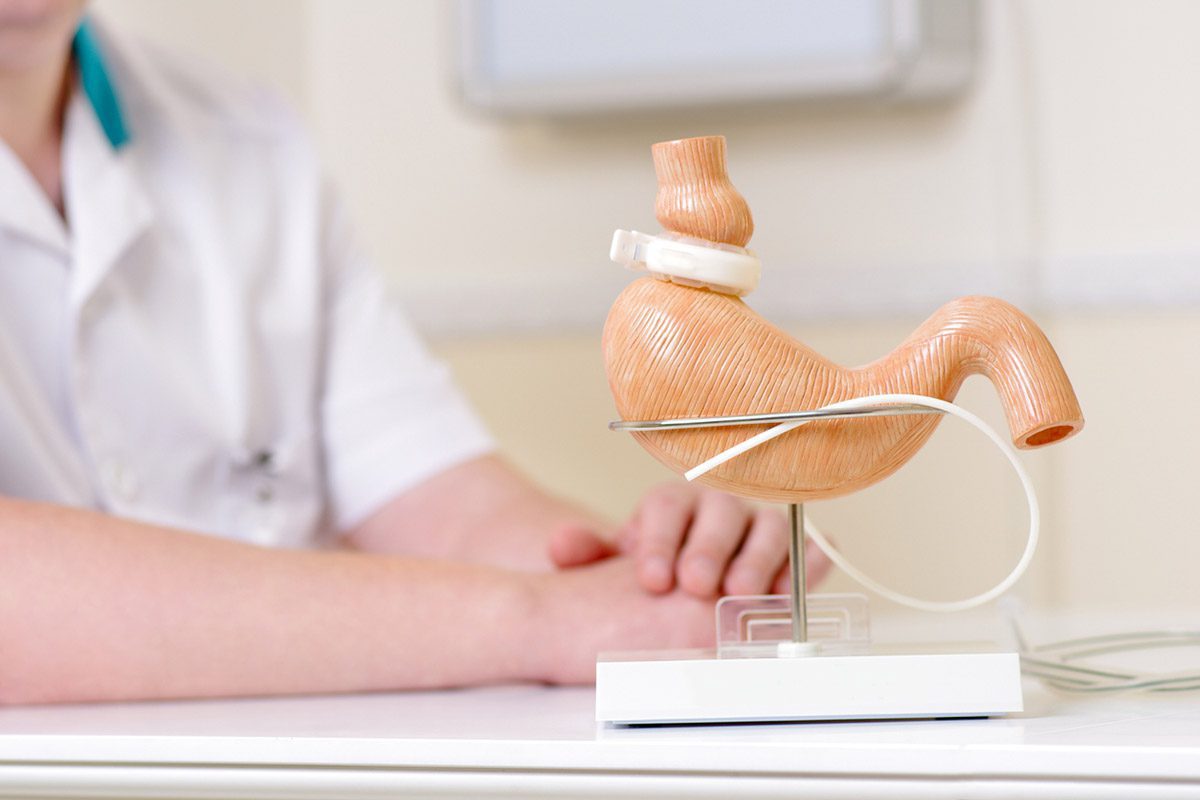Priapism Lasting 19 Hours With Combined Use of Trazodone and Mirtazapine in a Patient With History of Successfully Tolerating Each Agent as Monotherapy
To the Editor: Priapism is an abnormal, prolonged, persistent, painful erection of the penis that persists beyond or is unrelated to sexual stimulation.1 The incidence rate in men 40 years of age and older was 2.9 per 100,000 person-years.2 Drug-induced priapism has been observed with a variety of medications, most commonly the antihypertensive drugs guanethidine, prazosin, and hydralazine.3 Psychotropic medications can also cause priapism, including the psychotropic agents trazodone, thioridazine, and chlorpromazine. These medications are associated with a small but definite risk of priapism.3,4 We document the first case of priapism with the combined use of trazodone and mirtazapine in a patient with a history of tolerating either trazodone or mirtazapine as a single agent.
Case report. Mr A, a 41-year-old single African American man had a past medical history significant for hypertension, allergic rhinitis, and primary insomnia, but with no history of sickle cell anemia, clotting disorder, or coagulopathy and with history of tolerating trazodone 200 mg at bedtime for at least 8 months, which was stopped due to personal preference about 13 months prior to its being restarted at a dosage of 100 mg at bedtime to help with sleep in addition to ongoing mirtazapine treatment. He presented to the emergency department with a persistent and painful erection of the penis of 15 hours’ duration after taking his first US Food and Drug Administration (FDA)-approved dose of trazodone 100 mg the night before his presentation. He also reported taking mirtazapine 15 mg about 2 hours before taking the first dose of trazodone. Upon his presentation to the emergency department, physical examination was significant for circumcised, tender, and fully erect penis with no necrosis or discoloration. His blood pressure was 176/133 mm Hg, pulse was 96 bpm, temperature was 98.6°F, and breathing rate was 20 respirations/min. He was given morphine 4 mg, and an urgent urology consultation was scheduled. He was also given a dose of terbutaline 7.5 mg followed by second dose of terbutaline 7.5 mg separated by 15 minutes. He felt less penile throbbing and was conversing without grimacing, but continued to report pain of 10 out of 10. The pharmacy recommended not giving a third dose of terbutaline; thus, a decision to attempt intracorporeal aspiration and irrigations with normal saline and 1,000 μg/mL of phenylephrine solution, possibly followed by creation of corporeal-spongiosal shunt through glans penis under general anesthesia or local anesthesia was made. These procedures were performed with removal of the clot, which resulted in complete resolution of priapism and related pain. Morphine and intravenous saline were continued for 24 hours after the procedure, followed by his discharge in stable medical condition from the inpatient general medical unit to follow-up with his primary care physician and an outpatient urology clinic. At the time of discharge, he was given oxycodone 5 mg every 6 hours for pain and was advised to avoid trazodone in the future.
Priapism can have very severe outcome, particularly in patients with clotting disorders or coagulopathy.5 Psychotropic-induced priapism is almost always associated with low-flow pathology and is currently believed to be caused by the α1-adrenergic antagonism of these medications. Because of its potent and selective α1-adrenergic agonism properties and its lack of β1-adrenergic agonism effect, phenylephrine is a preferred agent for achieving detumescence by intracavernosal injection.6
The American Foundation for Urologic Disease Thought Leader Panel highly recommends first-line treatments (aspiration and irrigation) for low-flow priapism of more than 4 hours’ duration before progressing to placement of more invasive surgical shunts; however, they also acknowledge that conservative therapies have not demonstrated a benefit for preserving potency when priapism has persisted beyond 72 hours.7 Terbutaline is a synthetic, sympathomimetic β2 agonist with minor β1 effects; its exact method of action in reducing penile tumescence is not clearly understood.8,9
Our patient scored 4 (possible adverse reaction) on the Naranjo adverse drug reaction (ADR) probability scale.10 We could not find a possible mechanism of priapism with combined use of trazodone and mirtazapine. Also, the prevalence of patients tolerating combination treatment of trazodone and mirtazapine without evidence of priapism is not well documented. Thus, extra caution is warranted when trazodone is used in combination with mirtazapine in patients with a documented past history of a successful trial of either trazodone or mirtazapine as a single agent.
References
1. Montague DK, Jarow J, Broderick GA, et al; American Urological Association. American Urological Association guideline on the management of priapism. J Urol. 2003;170(4, pt 1):1318-1324. PubMed doi:10.1097/01.ju.0000087608.07371.ca
2. Eland IA, van der Lei J, Stricker BH, et al. Incidence of priapism in the general population. Urology. 2001;57(5):970-972. PubMed doi:10.1016/S0090-4295(01)00941-4
3. Rubin SO. Priapism as a probable sequel to medication. Scand J Urol Nephrol. 1968;2(2):81-85. PubMed doi:10.3109/00365596809136974
4. Ankem MK, Ferlise VJ, Han KR, et al. Risperidone-induced priapism. Scand J Urol Nephrol. 2002;36(1):91-92. PubMed doi:10.1080/003655902317259472
5. Hoffmann P, Neu ET, Neu D. Penile amputation after trazodone-induced priapism: a case report. Prim Care Companion J Clin Psychiatry. 2010;12(2):doi:10.4088/PCC.09l00816. PubMed
6. Lee M, Cannon B, Sharifi R. Chart for preparation of dilutions of alpha-adrenergic agonists for intracavernous use in treatment of priapism. J Urol. 1995;153(4):1182-1183. PubMed doi:10.1016/S0022-5347(01)67545-1
7. Berger R, Billups K, Brock G, et al; AFUD Thought Leader Panel on Evaluation and Treatment of Priapism. Report of the American Foundation for Urologic Disease (AFUD) Thought Leader Panel for evaluation and treatment of priapism. Int J Impot Res. 2001;13(suppl 5):S39-S43. PubMed doi:10.1038/sj.ijir.3900777
8. Ahmed I, Shaikh NA. Treatment of intermittent idiopathic priapism with oral terbutaline. Br J Urol. 1997;80(2):341. PubMed doi:10.1046/j.1464-410X.1997.00285.x
9. Govier FE, Jonsson E, Kramer-Levien D. Oral terbutaline for the treatment of priapism. J Urol. 1994;151(4):878-879. PubMed
10. Naranjo CA, Busto U, Sellers EM, et al. A method for estimating the probability of adverse drug reactions. Clin Pharmacol Ther. 1981;30(2):239-245. PubMed doi:10.1038/clpt.1981.154
Author affiliation: Carilion Clinic, Virginia Tech School of Medicine, Roanoke.
Potential conflicts of interest: None reported.
Funding/support: None reported.
Published online:September 27, 2012.
Prim Care Companion CNS Disord 2012;14(5):doi:10.4088/PCC.12l01349
© Copyright 2012 Physicians Postgraduate Press, Inc.





